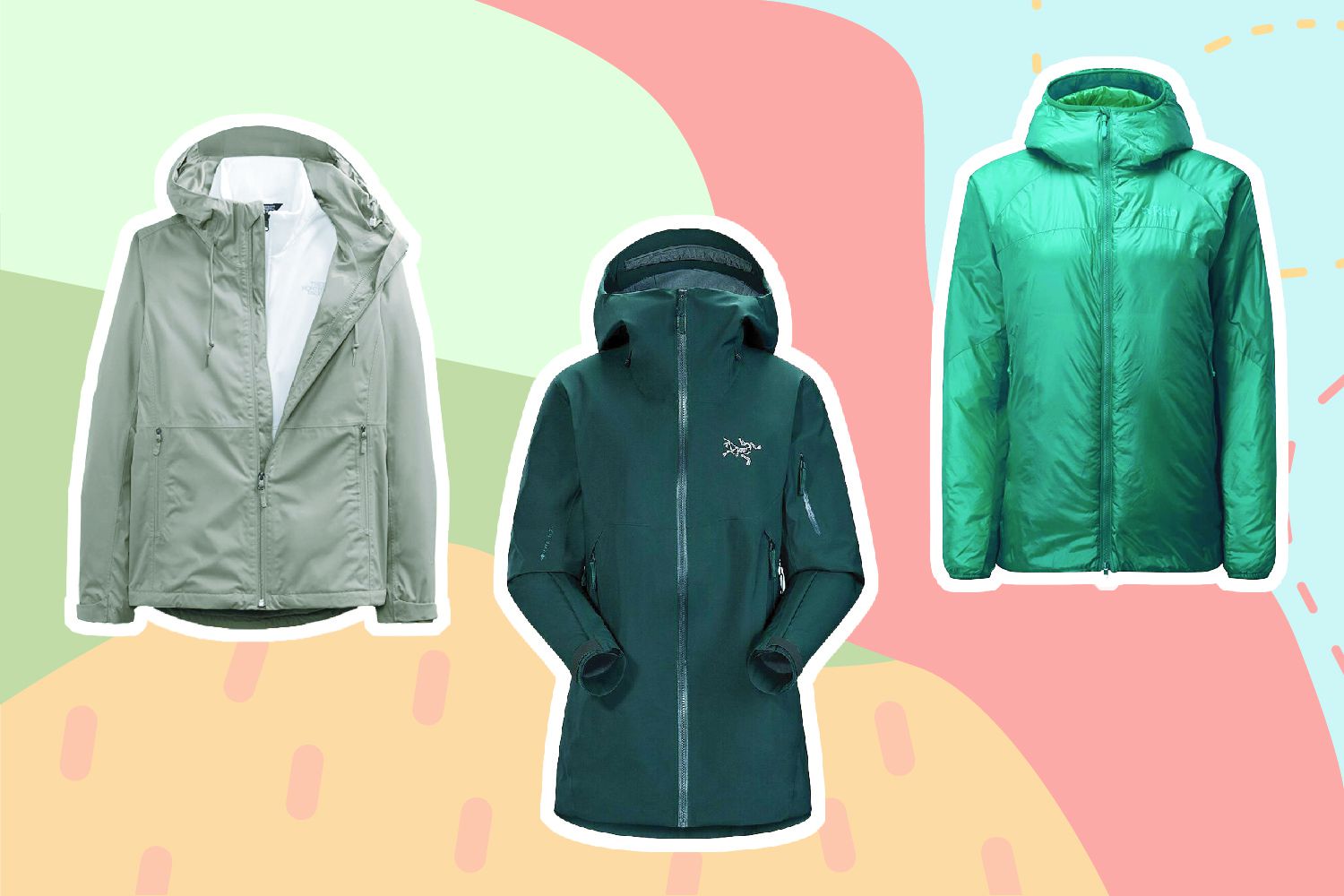
It is best to wear insulation underneath ski pants. However, they should still be comfortable. They keep you comfortable and prevent irritations from sock-underwear/boot. This allows you to focus on skiing, not sweating.
Think about how much you'll wear the base layers. Do you want something snug to keep you warm? Or do you want something more athletic? Synthetic base layer often fit closer than the skin. This reduces chafing and helps wick moisture.
Keep in mind your activity level and the weather conditions that you will be encounter. A thin layer of base layers may be sufficient for sunny, cold days. But, layers that are thicker for rainy, windy, and stormy weather conditions might be necessary.
There are many base layers and long-underwear options available. Therefore, it is important that you know what you need before purchasing the right product.

You'll want a base layer that's form-fitting and tight (athletic) because it'll touch all the nooks and crannies of your body, and will be able to wick moisture away so you stay dry. This will make your time on the slopes much more enjoyable.
Consider ski pants that were specifically made for women. They're usually 20% lighter than men’s ski pants, and have a slightly softer flex to adapt to the feminine body's natural curves.
They're usually more breathable than their counterparts, so they don't trap moisture inside your pants and can be worn under more layers, as needed. They can move with and support you to prevent the "slouched", which is a common feeling among mountain women.
You want a fabric that will wick sweat, keep your body warm, and resists odors. There are many options available on the market for fabrics, including polyester blends or polypropylene.
Merino wool is a soft and breathable fabric that will keep your body warm and comfortable. Because it is made from natural fibers, it wicks sweat away from the skin so that you don't feel hot and sticky after a long day on the slopes.

This base layer is ideal for skiers who love the feel of wool and don't want to sweat as much or be burdened by synthetic base layers. You could also choose a fleece base layer, which will be lightweight and flexible enough to withstand warmer temperatures.
The bottoms measure 3/4 inches in length. They stop just below your knees, so that you don't have to put anything else in your boots. They are designed to be more functional for snowboarding and skiing, and can be worn without being cuffed like jeans.
The aforementioned options are some of the best clothes to wear under ski pants on the market today. They are also a great investment because they will make your next skiing or snowboarding session more enjoyable.
FAQ
What is the first thing you should do upon arriving at your travel destination
Always have a plan in place for when your arrive at a new location. It lets you know what's expected and where to go.
Planning ahead is essential to avoid being late for any important events.
For example, if you're going to be visiting a city for more than one day, you should research which museums, parks, and landmarks you'd like to visit.
You might also want to get a map and learn more about the history of the region.
What documents should you keep with me when I travel?
You can always access important documents while you are on the road by keeping copies at home. Also, keep copies of your passport, driver’s licence, and other identification cards, along with any credit card information, in case you need them, to make it easy to access when you travel.
It is a good idea if you have a photocopy your passport so that it can be used in the event of a need.
Make sure to keep a copy of your itinerary and any reservations. These will help to keep track of where you are going and what sights you're planning to see.
Also, keep a duplicate of your flight ticket as well as details about your hotel reservation. You'll be able contact someone back home in case you need them.
You should never leave valuables behind. Your valuables will be safe if you keep them in a money belt, or inside your luggage.
You can avoid expensive loss by checking your baggage before you travel.
Remember, it's safer to keep things simple rather than trying to plan everything.
Enjoy the ride and just relax.
What can I pack in my suitcase?
Two pairs of shoes is a good rule of thumb. You should have at least two pairs of shoes for your daily walks in the city, and one pair to take on vacation.
It is important to ensure you have enough clothes for both. You should also ensure you have enough clothes for plane travel.
Consider bringing some clothes if you are planning to stay somewhere for a longer time. This way, you won't feel uncomfortable when you go shopping for new outfits.
Comfortable shoes are essential for those who take the bus or train. For those who drive, it is a good idea to have spare tires.
You will also need to carry plenty of toiletries such shampoo, toothpaste (deodorant), moisturizer, and shampoo.
And last but not least, you'll need to take a flashlight, insect repellent, sunscreen, sunglasses, a hat, and a first aid kit.
It's better to keep all your items in one bag than to try to fit them in different bags. It will help you save both time & space.
And finally, don't forget to pack a small towel and washcloth. They'll come in handy when you shower after a long day of sightseeing.
When traveling, what should you remember?
Traveling can be stressful. You'll often find yourself in situations where you have little time to make decisions. Be ready to adapt.
You could be stuck there for hours, days and even weeks. If you have a plan, you'll be able to provide food, water, shelter and a place to rest. You may need to improvise if you don't plan ahead.
In these instances, you may need to rely only on what you are good at. It means you have to be able to quickly make decisions based upon your experience and instinct.
But there are times when you can't choose. You might find yourself in an area without cell service, out of gas or robbed. In these cases, you will have to adapt quickly and respond to any situation.
The key is to keep calm, stay focused and act decisively. Don't panic. Instead, try to focus on the things that you can control.
For example, if you're lost in the woods, you can choose which direction to go. If you feel hungry, you have the option to eat berries or mushroom. Rainwater or melting snow are good options if you're feeling thirsty.
You can also rest if you are tired. It's okay to bundle up if it is cold. You can wear a sweater if it's cold. No matter what you do, it will make you feel better to stay positive.
Statistics
- That's an 18% jump from 2019, the previous record year. (travelandleisure.com)
- Alcoholic beverages with 24% alcohol or less are not subject to limitations in checked bags. (tsa.gov)
- No Checked Bags: No Alcoholic beverages with more than 70% alcohol (over 140 proof), including grain alcohol and 151 proof rum. (tsa.gov)
- They're also likely to offer babysitting services, in case you'd like to have dinner one night after 7 p.m. (travelandleisure.com)
- Alcoholic beverages with more than 24% but not more than 70% alcohol are limited in checked bags to 5 liters (1.3 gallons) per passenger and must be in unopened retail packaging. (tsa.gov)
External Links
How To
How to plan your next vacation
Planning a trip includes many things such as booking flights, hotels and car rentals. It involves important considerations like your budget, destination choice, weather forecast, etc.
You should always remember these points while planning your next vacation.
We have put together a step-by–step guide to help plan your next vacation. This guide was compiled based upon customer feedback and experience. We hope you find this guide helpful and easy to follow when planning your next vacation.
Steps:
-
Your Budget is an important step in planning your trip. Before you can start planning where and what you will do, you must first know how much you are willing to spend. You might have to cancel your plans if you don't have enough money.
-
Book Flights – After setting your budget, you must book your flights. Book the best available flight deal at the lowest possible price. Also, check if airlines offer any special deals during certain seasons. These deals may save you money.
-
Pick Your Destination. Once you've booked your tickets, the next step is to decide where to travel. Multiple factors come into play when choosing your destination, including location (where you're going), climate (what season to visit), culture (how friendly people are), and cost (how affordable it is).
-
Locate Accommodations – After you've chosen your destination, you need to locate accommodations. You have many accommodation options, from hostels and luxury suites to choose from. Your needs and preferences will determine the type of accommodation that you choose. If you are looking for somewhere close to the center of the city, a hotel might not be the best option. However, homestays may be more suitable for you if your preference is quieter and away from crowds.
-
Select Activities & Attractions - After selecting your accommodation, now is the time to select the activities and attractions you wish to include in your itinerary. Depending on your length of stay, you may choose to add or remove activities.
-
Determine your schedule - After you've chosen the attractions and activities that you would like to include in your itinerary, it's now time to create it. You should follow a set schedule to get the most out of your trip. If you have the freedom to roam as you please, your trip will be even more enjoyable.
-
Create Itinerary - Creating an itinerary includes all the information about your trip. Write down all details about your trip, including flights, accommodation, activities, and restaurants.
-
Research online - Make sure you do your research before you leave for your trip. Find out what other travelers have to say about different destinations by reading reviews and testimonials. This will allow you to plan your trip accordingly.
-
Take care when packing. Too many clothes is not a good idea. Instead of bringing five sets of clothes, bring three. Wear clothing that is appropriate for the climate you are visiting.
-
Be Prepared - Finally, be prepared! Get everything organized before you head out on your trip. It's not a good idea to spend time looking for documents while you are still on the move.